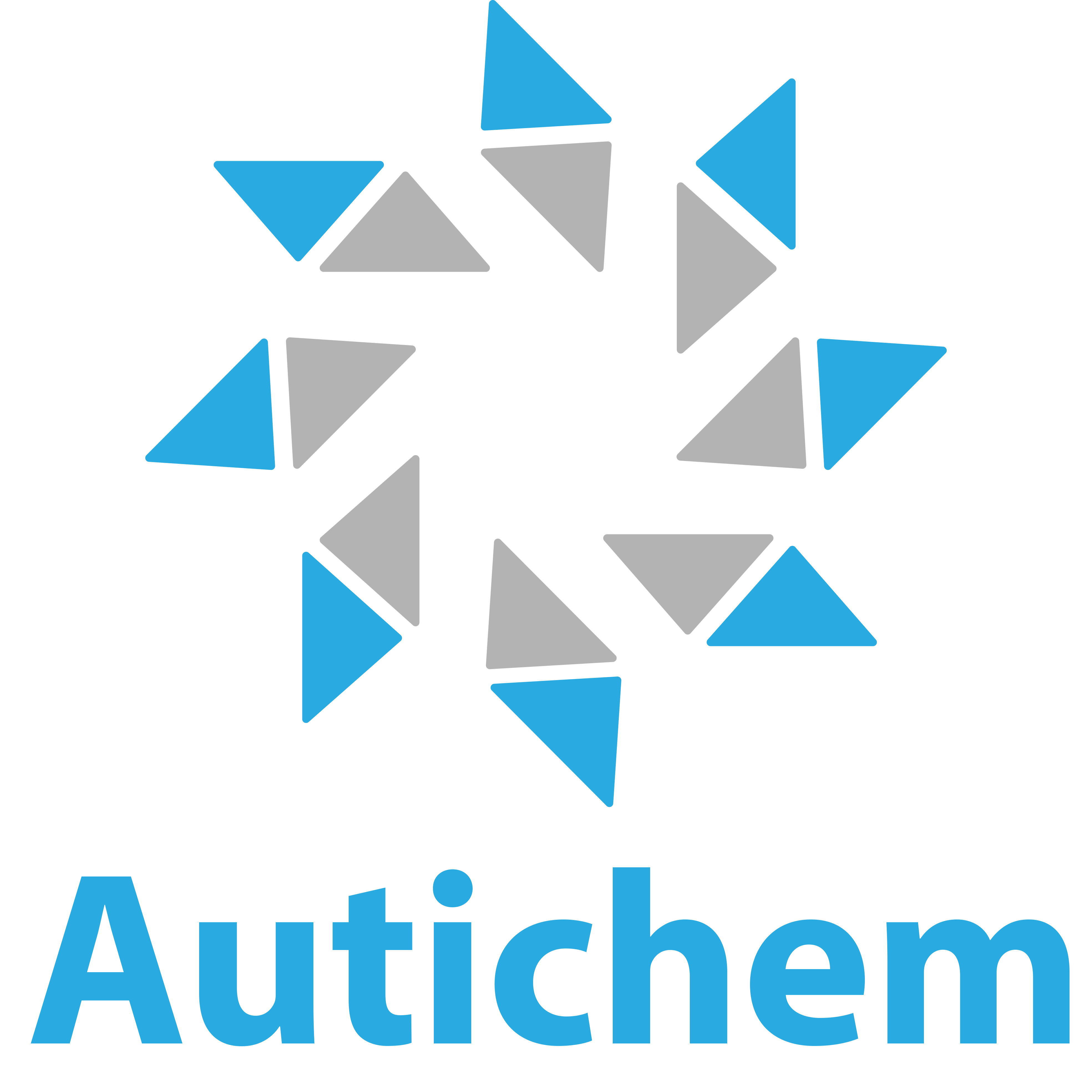Advantages of CSTR
Continuous Flow Technology
Continuous flow processing technologies arose from technology advancements and the inherent challenges and limitations of conventional batch reactors. With the latter, parameters including time, temperature, order as well as type of reactant are exhaustively scouted. If more product is needed, larger vessels are employed inevitably leading to efficiency issues arising from process optimization challenges and vessel/process scaling. Loss of efficiency translates to limited yields, higher VTO, and higher costs.
Much progress has been made in the development and use of continuous flow reactors, particularly for small-scale chemical synthesis. The technology is gaining significant ground in pharmaceutical drug development, as the cost benefits in many cases outweigh the practical challenges. Continuous flow approaches may possess advantages over batch reactor processing in terms of safety, quality control, and throughput — all factors that play into cost efficiency of drug production.
CSTR Model
A Continuous Flow Stirred Tank Reactor is a process vessel in which the reactant, reagent, and solvent flow into the reactor whilst the reaction product concurrently exits the process vessel. CSTR reactors are well known for their efficient mixing behaviour and stable, uniform performance under steady-state conditions.
Industry tends to employ CSTRs in series, (where multiple reactors are linked together to create a CSTR cascade), when a reaction is too slow, or when mixing two immiscible materials, or when a viscous liquid requires a high agitation rate.
DART deploys the CSTR model in a compact single tube design, wherein each individual mixing cell within the tube represents a reactor compartment which acts like an individual CSTR. The CSTR cascade is formed by linking together the subsequent actively mixed cells.
When the material is pumped through the vertical tube, the material concentration reduces as the material passes between subsequent cells, therefore the mixing rate and the conversion are higher in the first cell than the last cell.
The series CSTR model is used to determine the number of theoretical stages within the vertical flow reactor. The greater the number of theoretical stages, the nearer the flow reactor can operate to plug flow conditions.
- Efficient stirring for even distribution within
each CSTR cell.
- Shortened reaction times.
- More precise control over reactant concentrations.
Plug Flow
If we consider two molecules entering a reactor at the same time, their journey through the reactor can be described as ideal plug flow if they both essentially exit the reactor at the same time. Under these operating conditions there is no back mixing of process material and hence each molecule has the same residence time and experiences the same process conditions.
The Plug Flow Reactor (PFR) model ensures the uniform continuous flow of the reaction through the reactor as a series of infinitely thin coherent plugs, each having a uniform composition.
Plug flow reactors in theory provide perfect mixing as each infinitely thin plug flows through the PFR in the axial direction. In practice, all reactors will perform somewhere between the mixing limits of an ideal CSTR and PFR where the amount of back mixing experienced is dependent on the reactor geometry, the process operating conditions and the process material.
DART-DM
DART-DM with patented 2D mixing technology are designed based on the principles of plug flow (PFR) model and continuous stirred tank reactor (CSTR) model. This mixing flow technology provides controlled reaction constants (reaction rate, temperature, pressure) and mixing zones, perform higher conversion in shorter residence time and control back-mixing.
Taylor Vortex
Taylor Vortex Reactor are continuous reactors that can provide high values of mass and heat transfer. By changing the rotor speed, mixing can be optimised to provide the best operating conditions. For these reasons they have been successfully employed at different scales and in many different applications such as in polymerisations, photochemistry, electro-chemistry, biochemistry, graphene production and homogenous catalysis.
